Geology as a Science
In the popular media, scientists are often portrayed as people who do experiments wearing white coats. That stereotype is not inappropriate: many scientific problems are best investigated in the laboratory. What forces keep atoms together? How do chemicals react with one another? Can viruses cause cancer? The phenomena that scientists observe to answer such questions are sufficiently small and happen quickly enough to be studied in the controlled environment of the laboratory.
The major questions of geology, however, involve processes that operate on much larger and longer scales. Controlled laboratory measurements yield critical data for testing geologic hypotheses and theories—the ages and properties of rocks, for instance—but they are usually insufficient to solve major geologic problems. Almost all of the great discoveries described in this textbook were made by observing Earth processes in their uncontrolled, natural environment.
For this reason, geology is an outdoor science with its own particular style and outlook. Geologists “go into the field” to observe nature directly (Figure 1.2). They learn how mountains were formed by climbing up steep slopes and examining the exposed rocks, and they deploy sensitive instruments to collect data on earthquakes, volcanic eruptions, and other activity within the solid Earth. They discover how ocean basins have evolved by sailing rough seas to map the ocean floor (Figure 1.3).
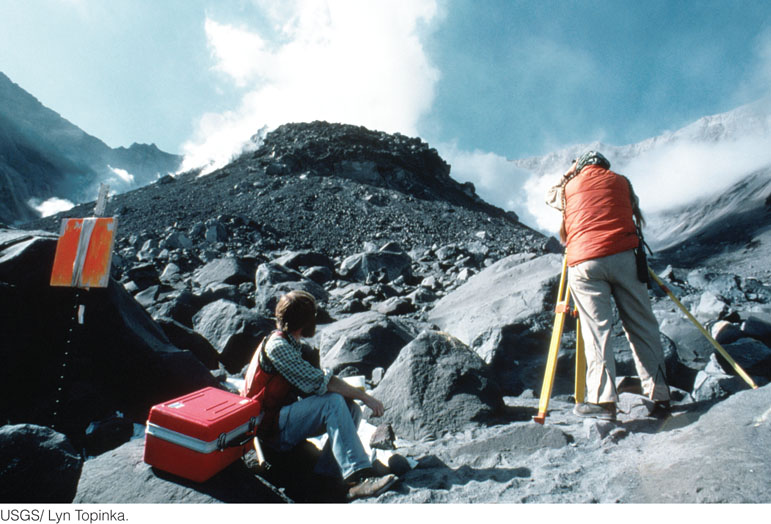
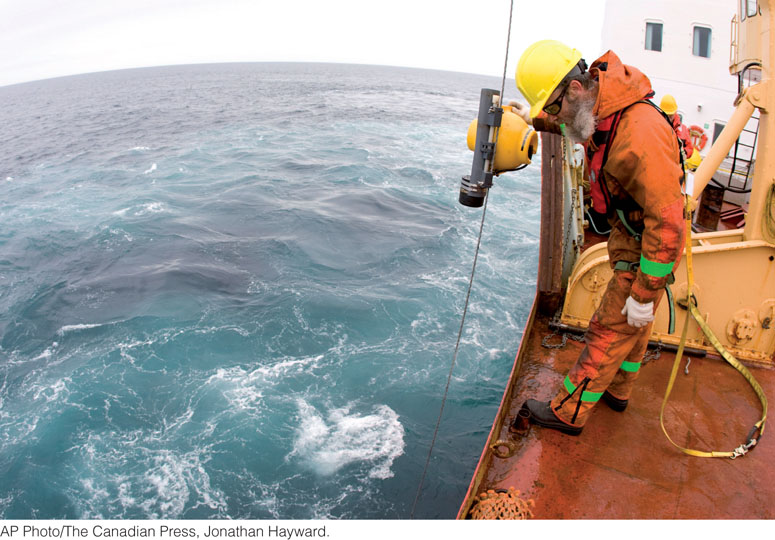
6
Geology is closely related to other areas of Earth science, including oceanography, the study of the oceans; meteorology, the study of the atmosphere; and ecology, which concerns the abundance and distribution of life. Geophysics, geochemistry, and geobiology are subfields of geology that apply the methods of physics, chemistry, and biology to geologic problems (Figure 1.4).

Geology is a planetary science that uses remote sensing devices, such as instruments mounted on Earth-orbiting spacecraft, to scan the entire globe (Figure 1.5). Geologists develop computer models that can analyze the huge quantities of data amassed by satellites to map the continents, chart the motions of the atmosphere and oceans, and monitor how our environment is changing.
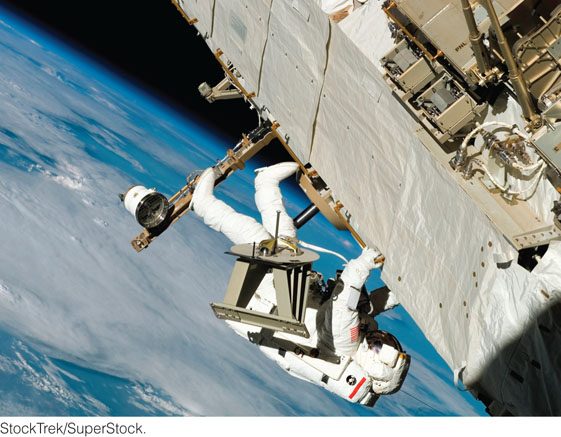
A special aspect of geology is its ability to probe Earth’s long history by reading what has been “written in stone.” The geologic record is the information preserved in the rocks that have been formed at various times throughout Earth’s history (Figure 1.6). Geologists decipher the geologic record by combining information from many kinds of work: examination of rocks in the field; careful mapping of their positions relative to older and younger rock formations; collection of representative samples; and determination of their ages using sensitive laboratory instruments (Figure 1.4b).
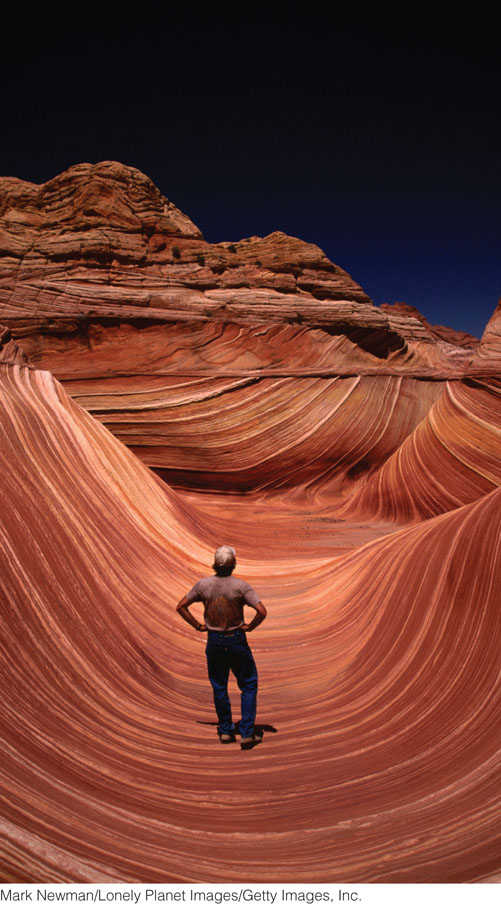
7
In Annals of the Former World, a compendium of colorful stories about geologists, the popular writer John McPhee offers his view of how geologists bring field and laboratory observations together to visualize the big picture:
They look at mud and see mountains, in mountains oceans, in oceans mountains to be. They go up to some rock and figure out a story, another rock, another story, and as the stories compile through time they connect—and long case histories are constructed and written from interpreted patterns of clues. This is detective work on a scale unimaginable to most detectives, with the notable exception of Sherlock Holmes.
The geologic record tells us that, for the most part, the processes we see in action on Earth today have worked in much the same way throughout the geologic past. This important concept is known as the principle of uniformitarianism. It was stated as a scientific hypothesis in the eighteenth century by a Scottish physician and geologist, James Hutton. In 1830, the British geologist Charles Lyell summarized the concept in a memorable line: “The present is the key to the past.”
The principle of uniformitarianism does not mean that all geologic phenomena proceed at the same gradual pace. Some of the most important geologic processes happen as sudden events. A large meteorite that impacts Earth can gouge out a vast crater in a matter of seconds. A volcano can blow its top, and a fault can rupture the ground in an earthquake, almost as quickly. Other processes do occur much more slowly. Millions of years are required for continents to drift apart, for mountains to be raised and eroded, and for river systems to deposit thick layers of sediments. Geologic processes take place over a tremendous range of scales in both space and time (Figure 1.7).
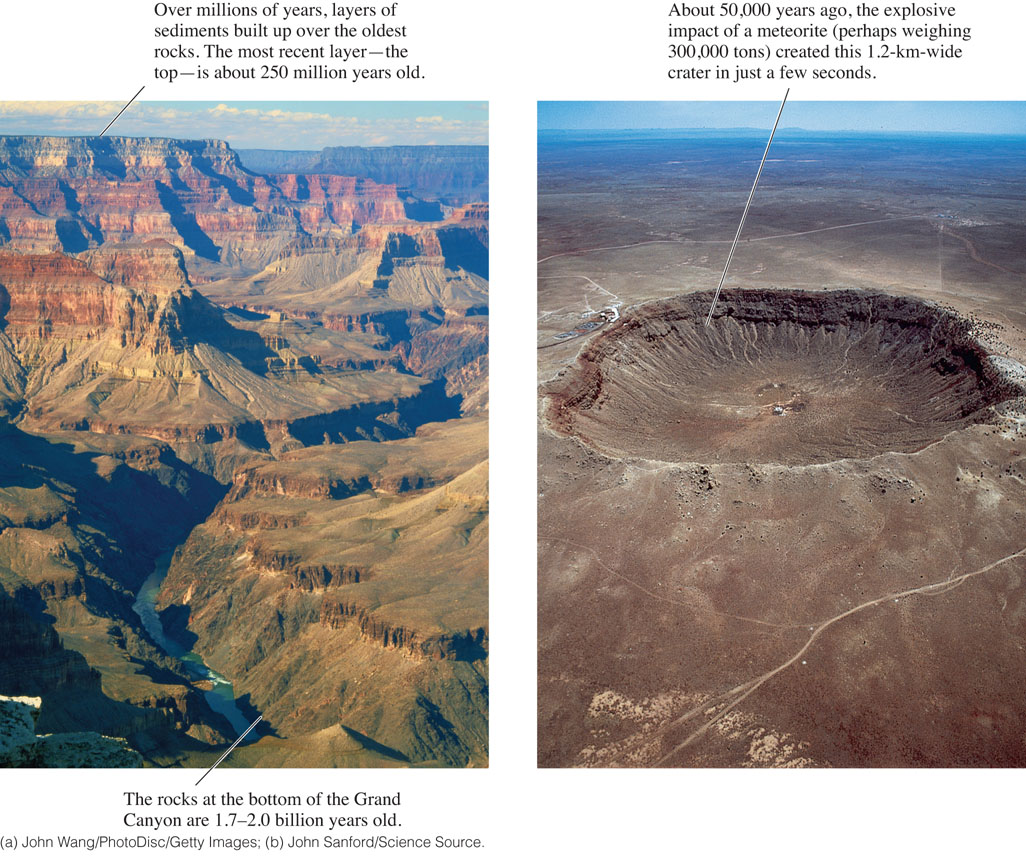
Nor does the principle of uniformitarianism mean that we have to observe a geologic event to know that it is important in the current Earth system. Humans have not witnessed a large meteorite impact in recorded history, but we know these impacts have occurred many times in the geologic past and will certainly happen again. The same can be said of the vast volcanic outpourings that have covered areas bigger than Texas with lava and poisoned the global atmosphere with volcanic gases. The long history of Earth is punctuated by many such extreme, though infrequent, events that result in rapid changes in the Earth system. Geology is the study of extreme events as well as gradual change.
8
From Hutton’s day onward, geologists have observed nature at work and used the principle of uniformitarianism to interpret features found in rock formations. This approach has been very successful. However, Hutton’s principle is too confining for geologic science as it is now practiced. Modern geology must deal with the entire range of Earth’s history, which began more than 4.5 billion years ago. As we will see in Chapter 9, the violent processes that shaped Earth’s early history were distinctly different from those that operate today. To understand that history, we will need some information about Earth’s shape and surface, as well as its deep interior.